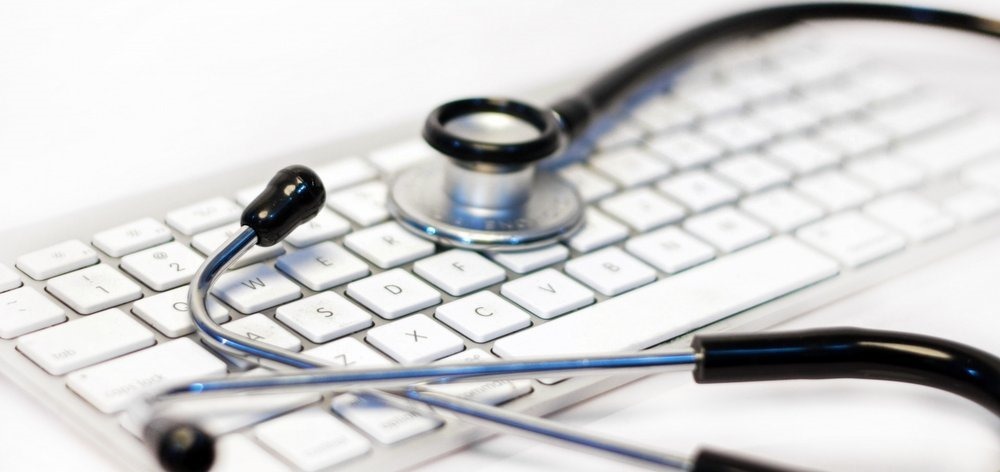How Internet of Things (IoT) is a Key Factor to Improve Healthcare in India

Healthcare in India is screaming out for change, just like how a baby screams for attention. Fortunately today we have technology that can help pacify this baby and deliver more in terms of value and improved care outcomes for the patient.
I think the biggest change that has happened of late is the democratisation of sensors. Traditionally, IT embedded sensors into equipment and machinery to create PLC-enabled automation of manufacturing lines. But in today’s digitally connected world, almost anything around us can be connected through Cloud and IoT. Sensors are cheaper than ever as they move from factories and robotic lines to everyday objects, creating entirely new value propositions unleashed by the re-imagination of the purpose of things. We have smartphones that function with over 15 sensors. Smart coffee mugs that report daily calories, sugar, and liquid intake. Even a smart basketball that can improve a player’s skills and drills. And these are just a few examples of sensors creating value by making things smarter.
Recently I had the opportunity of participating in the #PhilipsChat, to discuss the impact IoT would have on Healthcare. Experts from various Industries like Medical Devices, Hospitals and Healthcare Consultants, discussed and debated the growing up pains of healthcare in India and the impact of IoT in it. Three clear areas emerged where IoT is impacting healthcare today.
The immediate benefits are in areas where other industries have already made progress. Learning from retail, I think the immediate benefit for a hospital is in areas like asset management. Sensor tagged assets would be easier to locate in a hospital saving considerable time for the doctor and his staff. This would also reduce the non-value add wait time (Non-Clinical) for the patient.
The other areas for improvement are workflows. IoT can help streamline workflows in the hospital set up allowing, patients to spend their time in front of the doctor rather than waiting for their turn. Such minor changes can have a huge impact on the patient engagement and satisfaction at the hospital.
The second area is the integration of Electronic Medical Record/ Health Information Systems (EMR/HIS) with patient devices to promote remote health monitoring. Today also 2/3rds of the doctor time is spent on follow-up appointments with patients to manage chronic conditions. If the patient can be monitored from his home through sensor-enabled devices that not only alert the doctor but also integrate with the EMR, then a lot of that time can be saved. This way the healthcare system can focus on core issues like emergency care and surgeries. These systems are already being used in the management of chronic conditions like Diabetes. Some hospitals have already started using remote ICU’s to monitor patients post surgeries. IoT is a critical component in this practice and the success and failure of such management modalities would depend on integration of IoT with the existing EMR or patient record.
The final area where IoT would play a great role is population health. Today most accepted health parameters are the ones published by the WHO and use readings from clinical studies in the West or Japan. These might work for a particular phenotype but often these don’t work for India. A good example is the management of say Kidney disease which progresses far more rapidly in Indian patients as compared to patients from Europe and that changes the way it should be managed. IoT-enabled digital platforms will now help us establish a benchmark for India and that would change the protocols for the management of the conditions. This would be an excellent tool for the hospital to roll out prevention programs or for the government to roll out healthcare policies. Some of the aspects of these are already part of the National Health Policy released earlier this year.
I do feel we still need to work on cheaper rates for sensors, increased security at device and sensor level. These are the major factors that can undo the recent gains made by the industry. As the healthcare scenario in India emerges from the infancy, we shall see many more caregivers adopting IoT.
Just as a newborn baby has a road map for inoculation, to keep it disease free and healthy, Healthcare in India needs technology to keep it robust and in touch with the needs of the patient. IoT is an important step in that journey and I am really excited to see implications of how this would work in the future.
